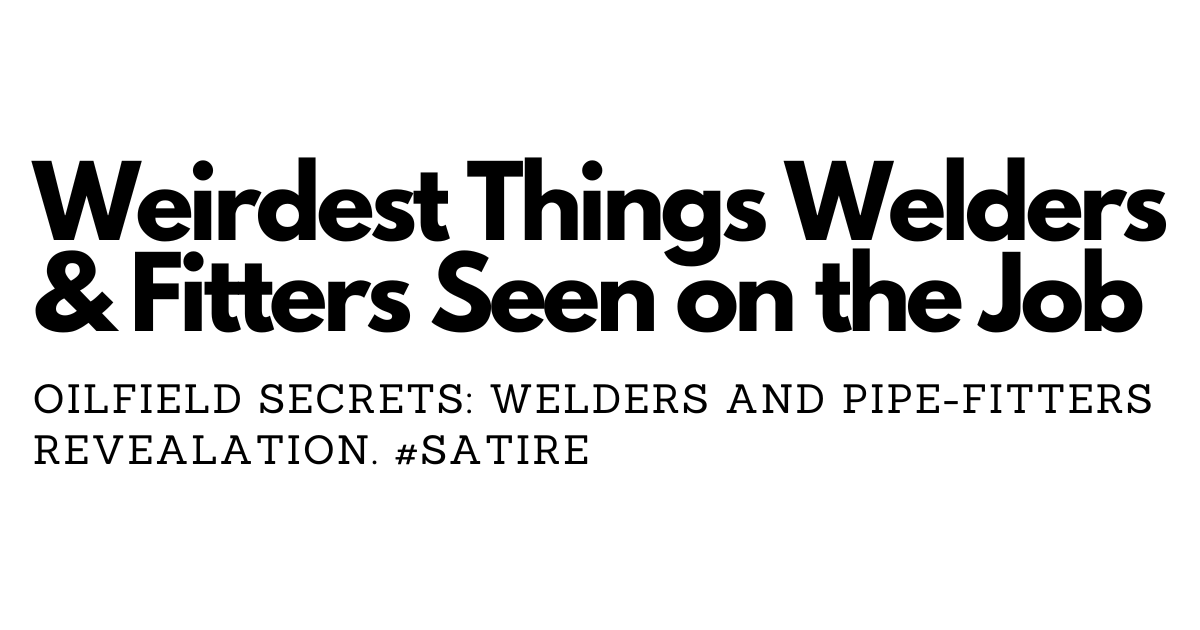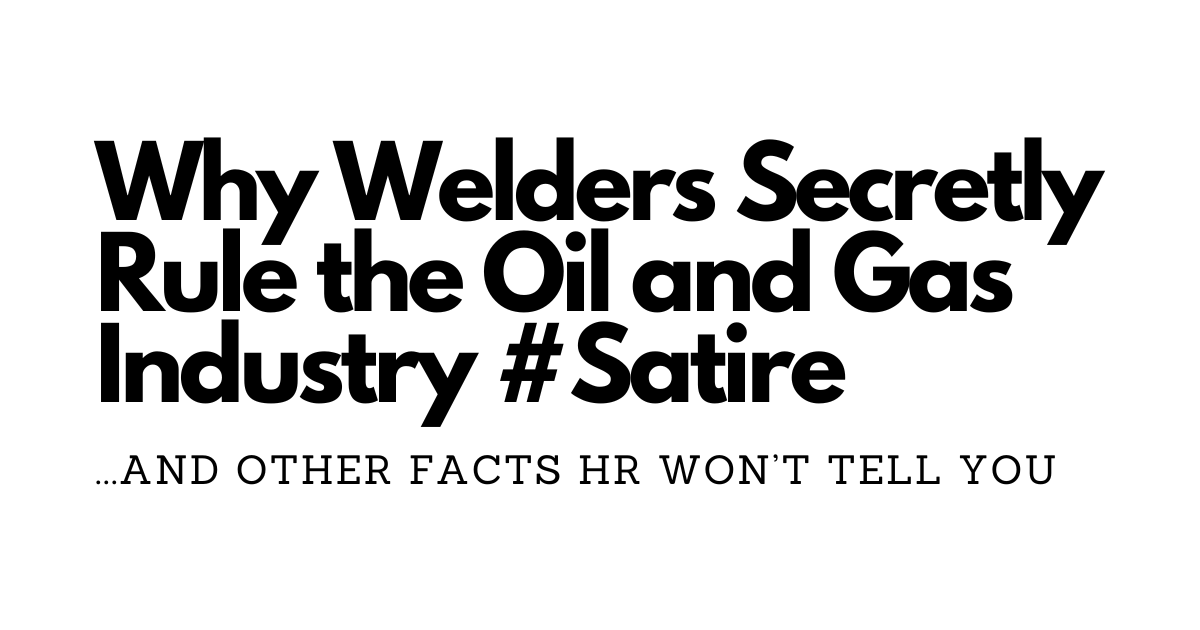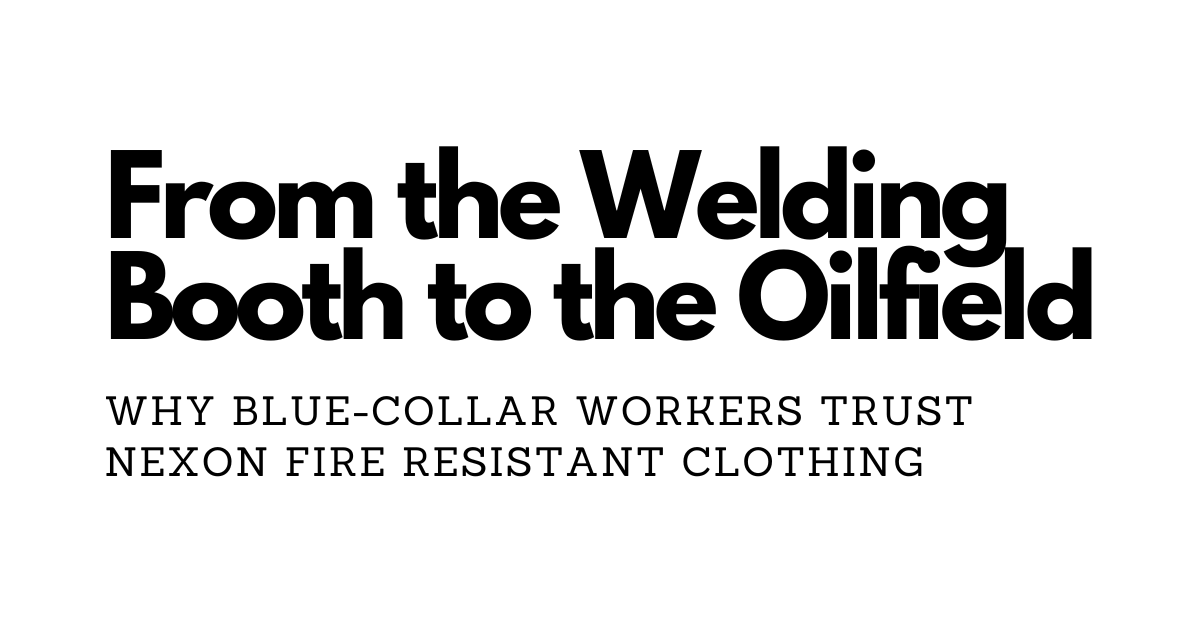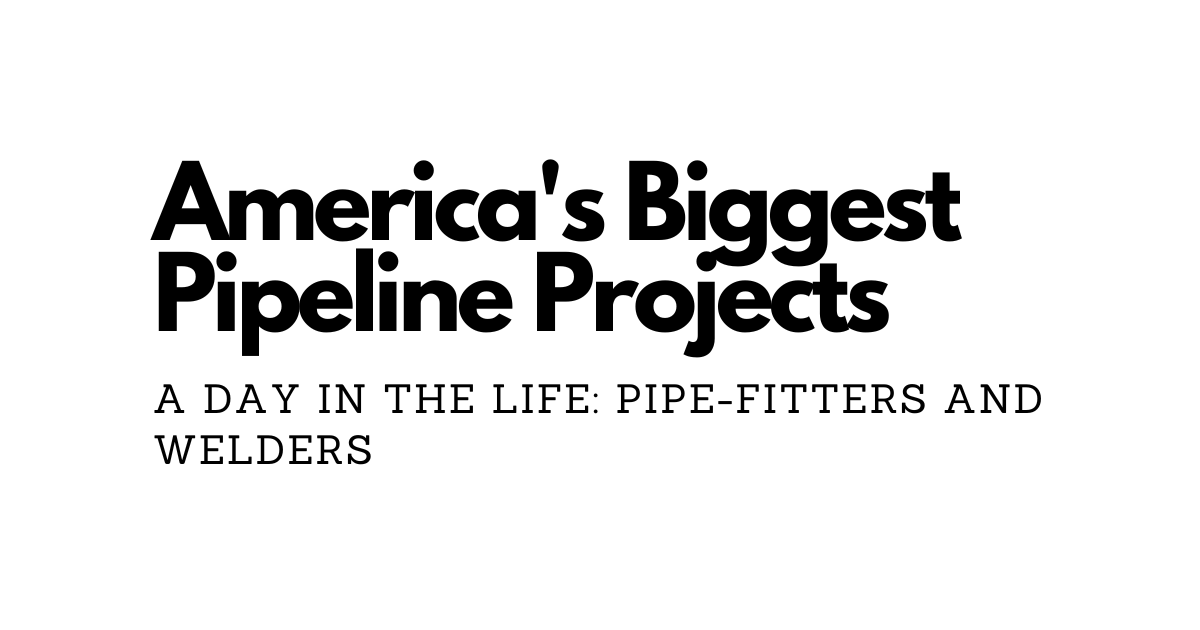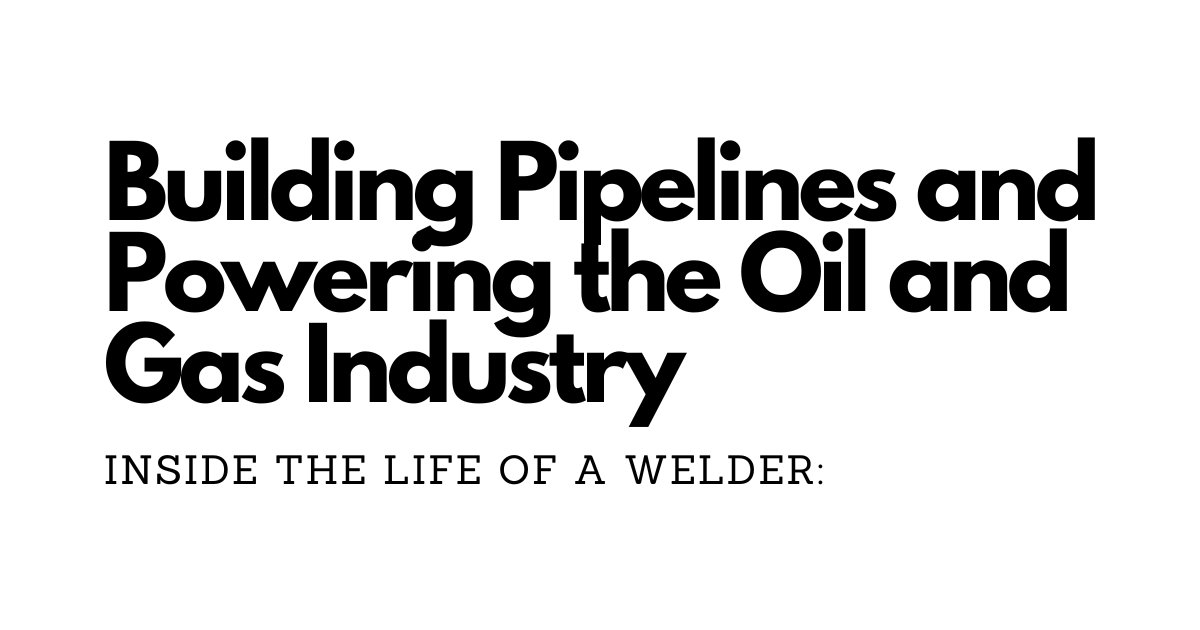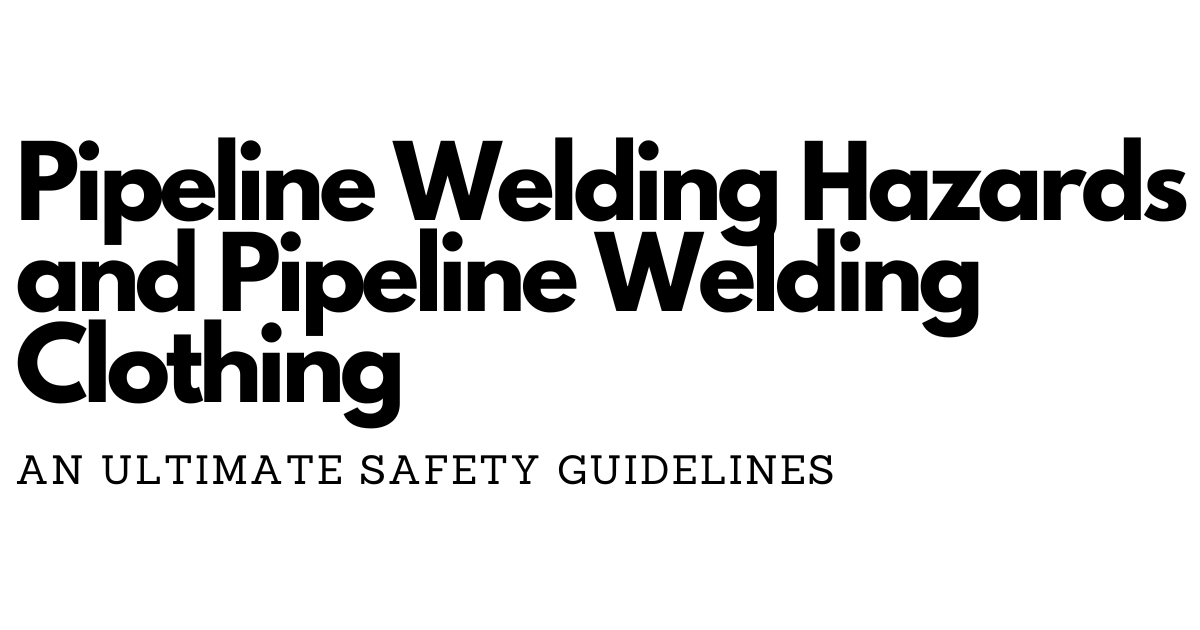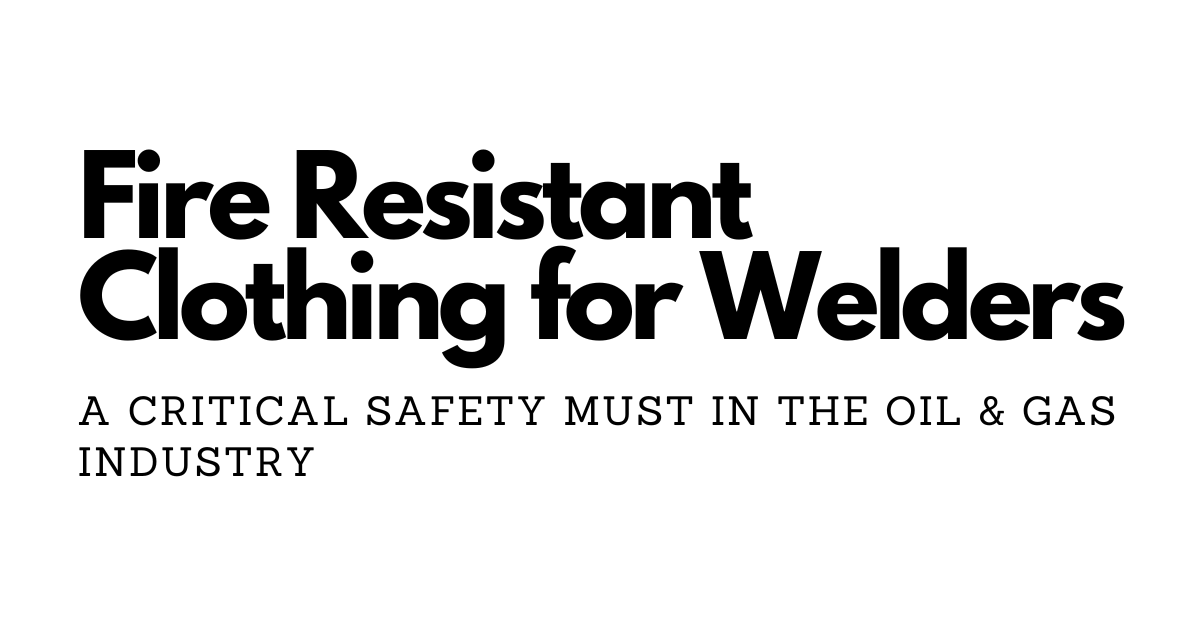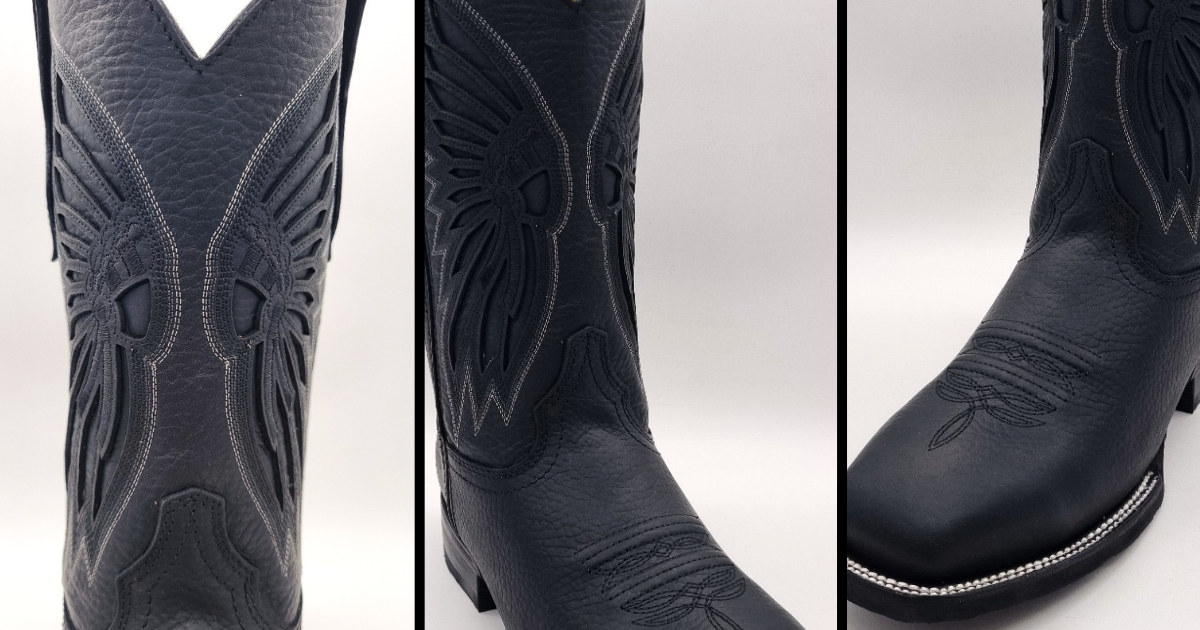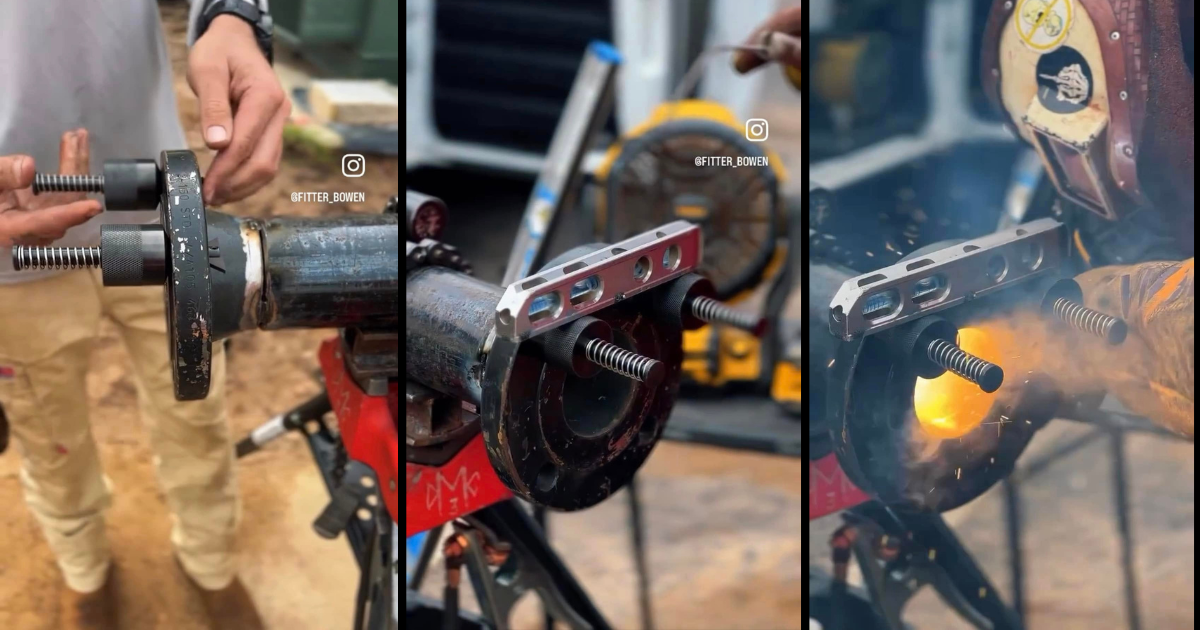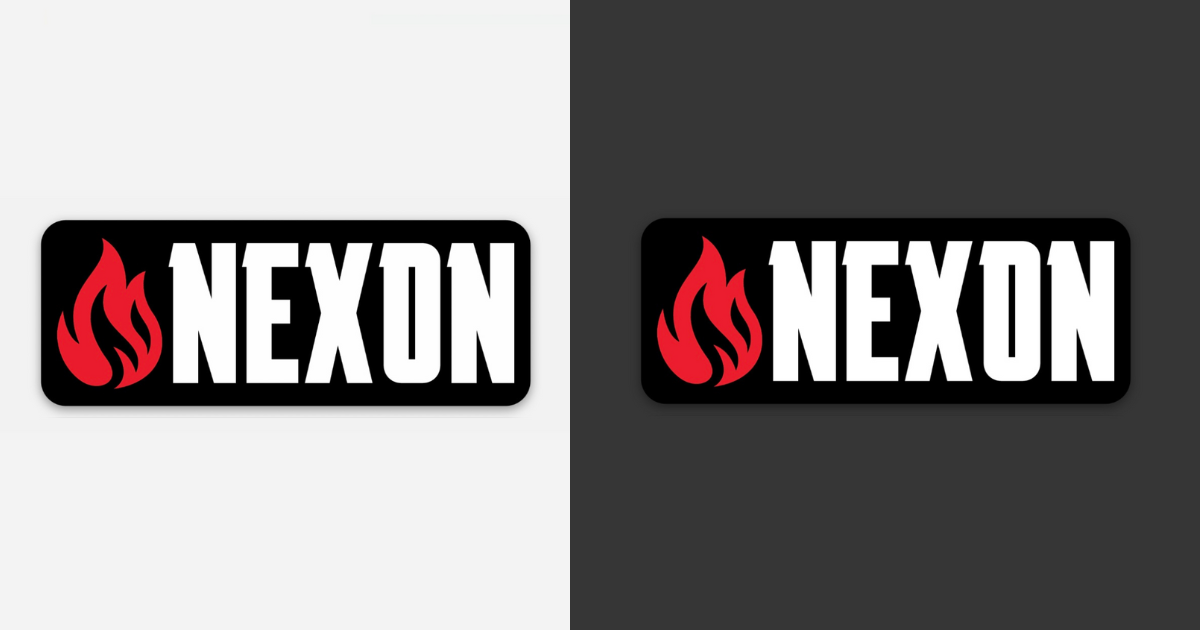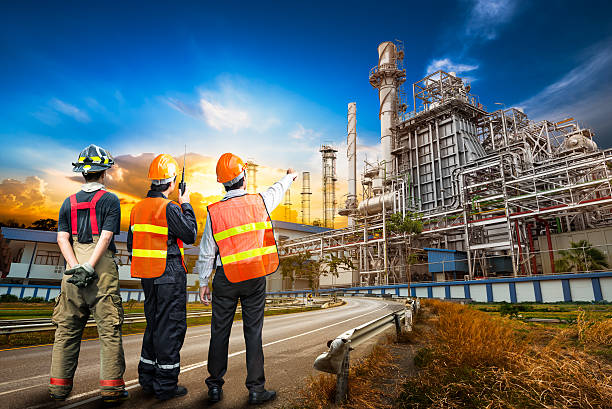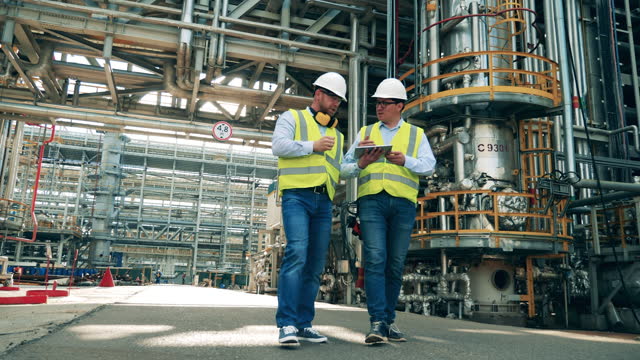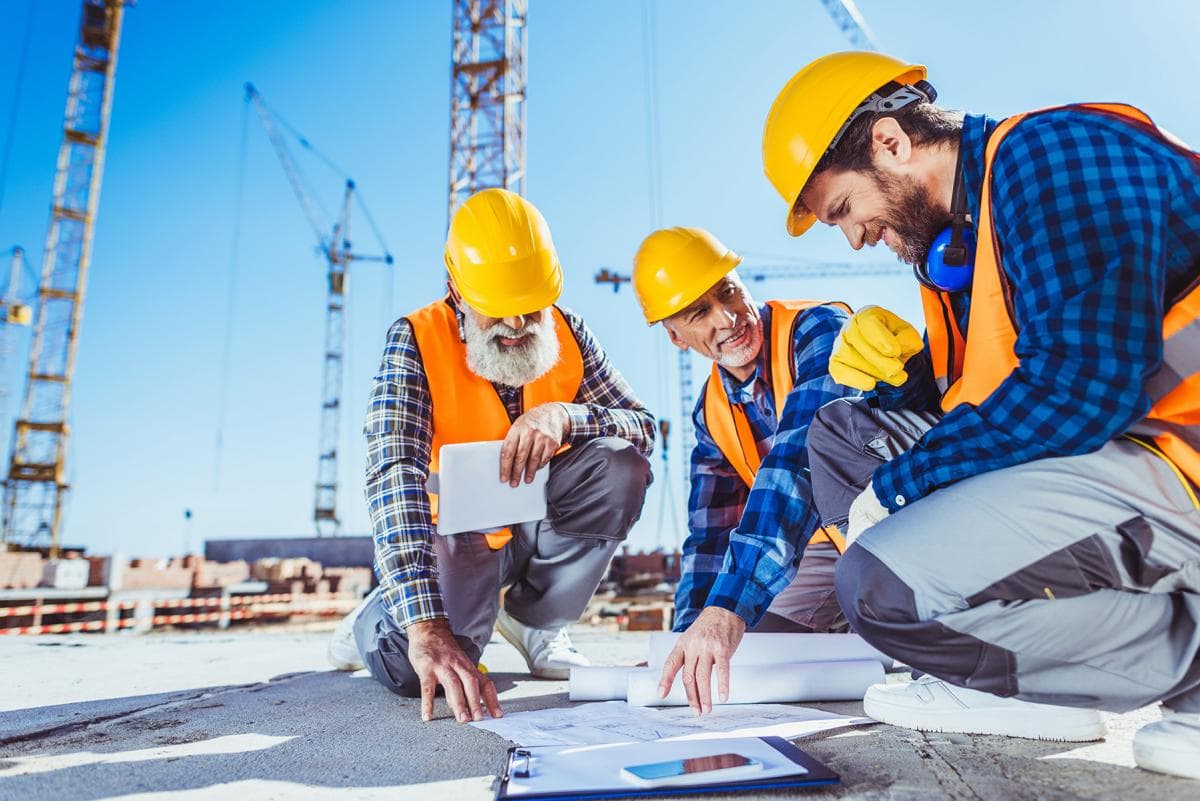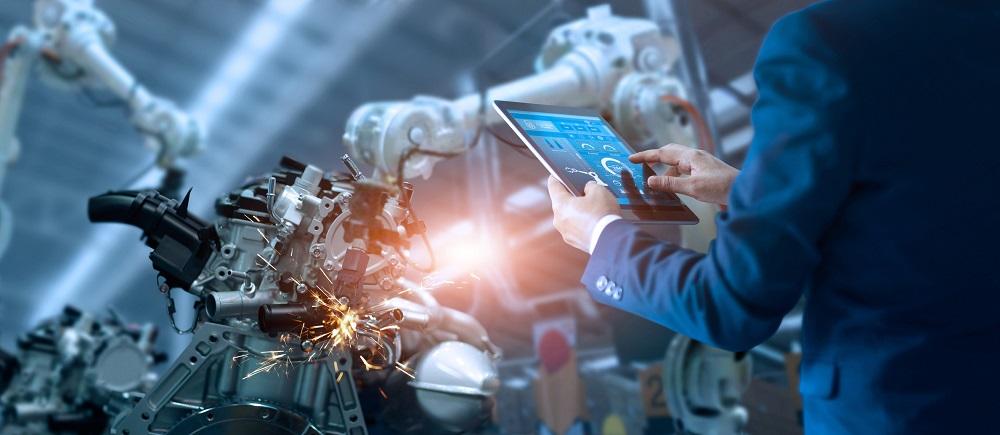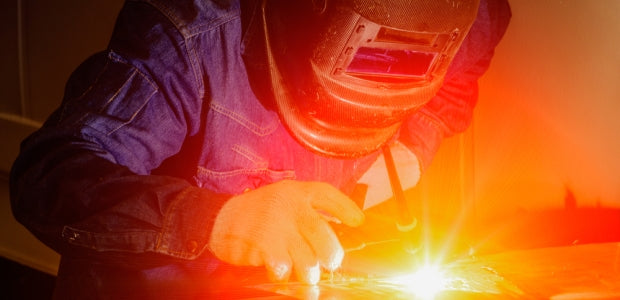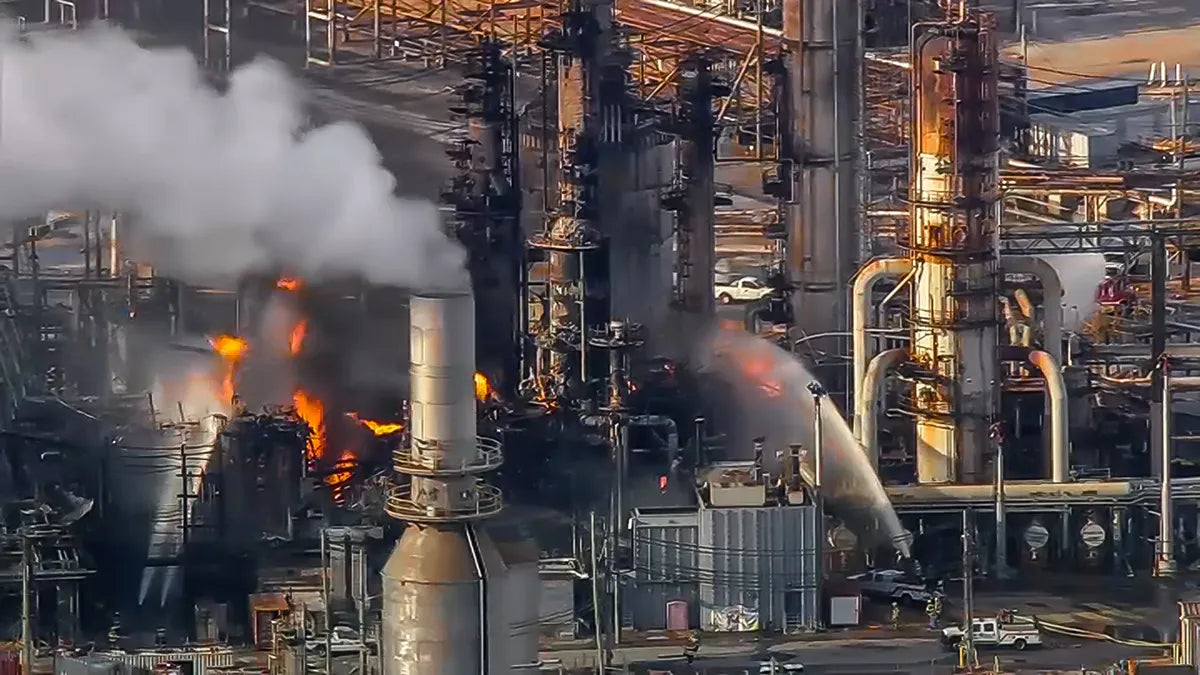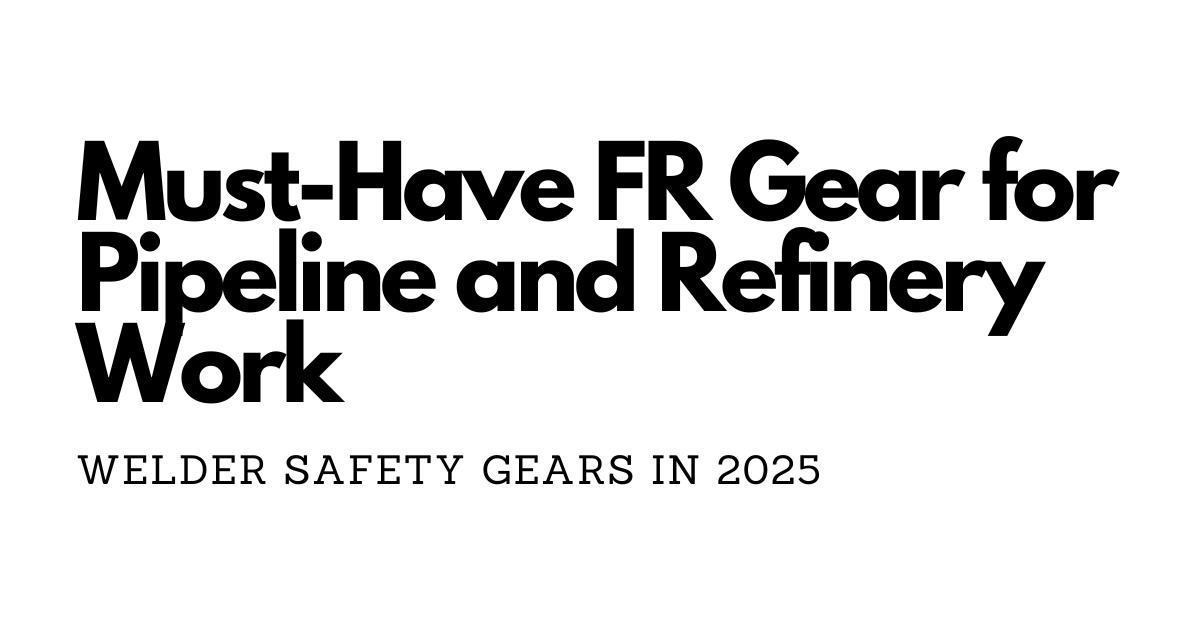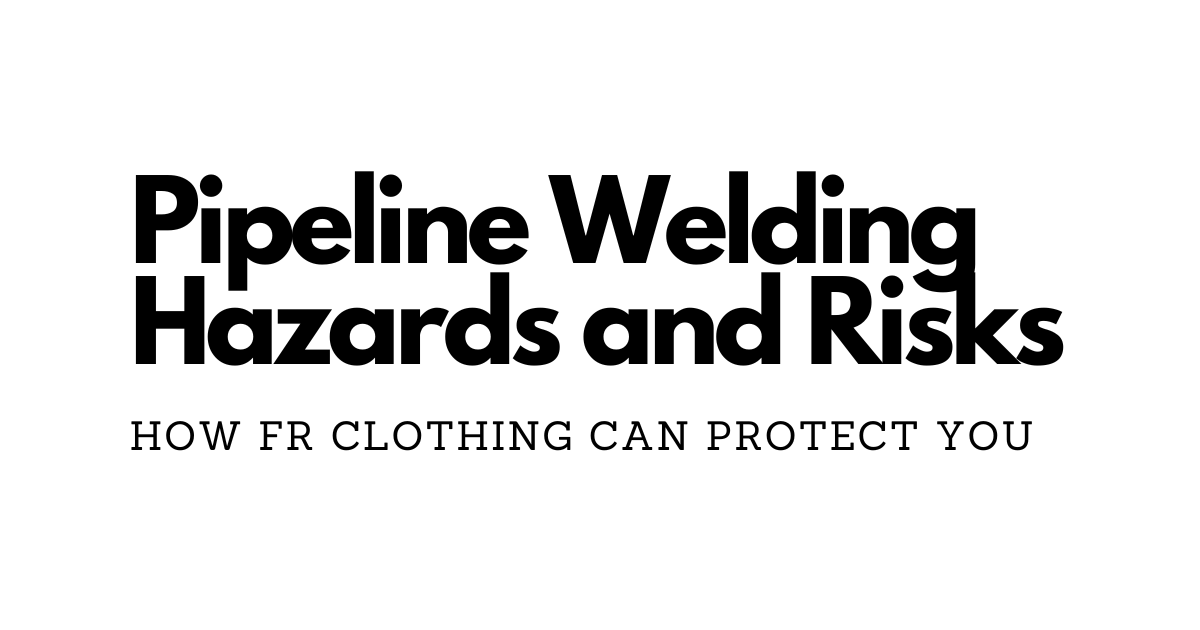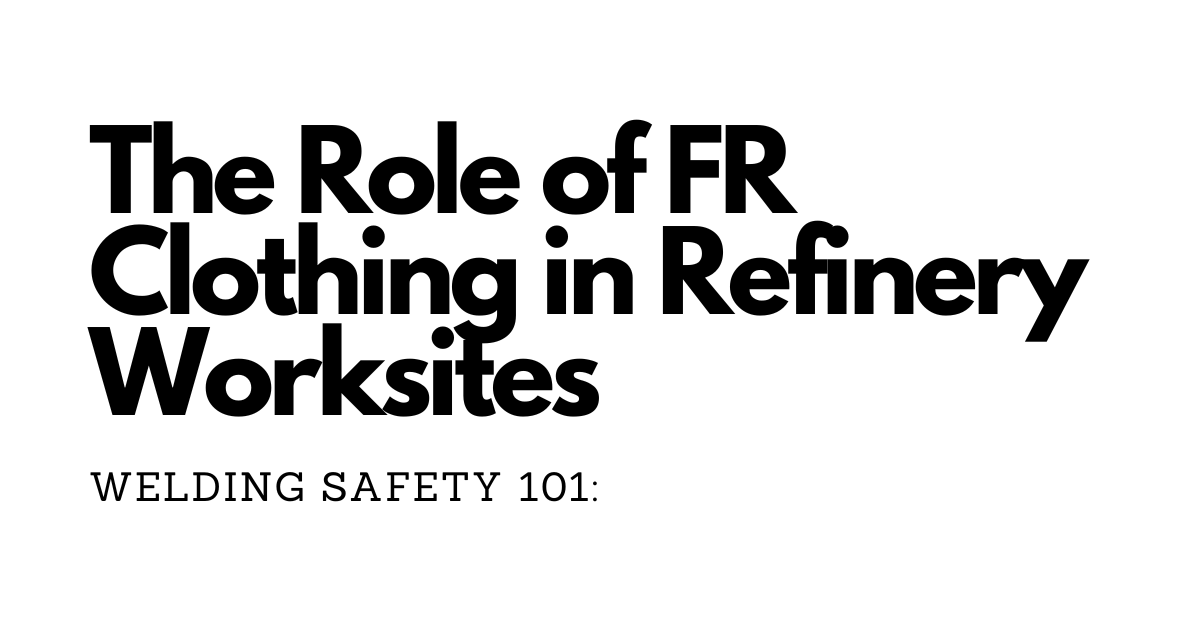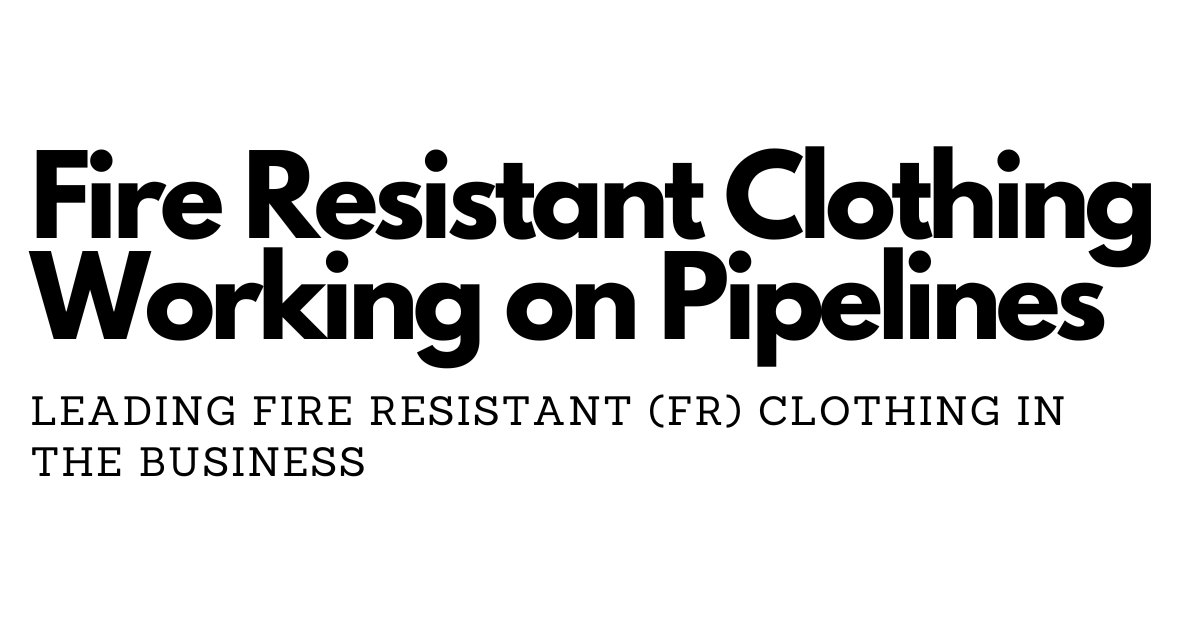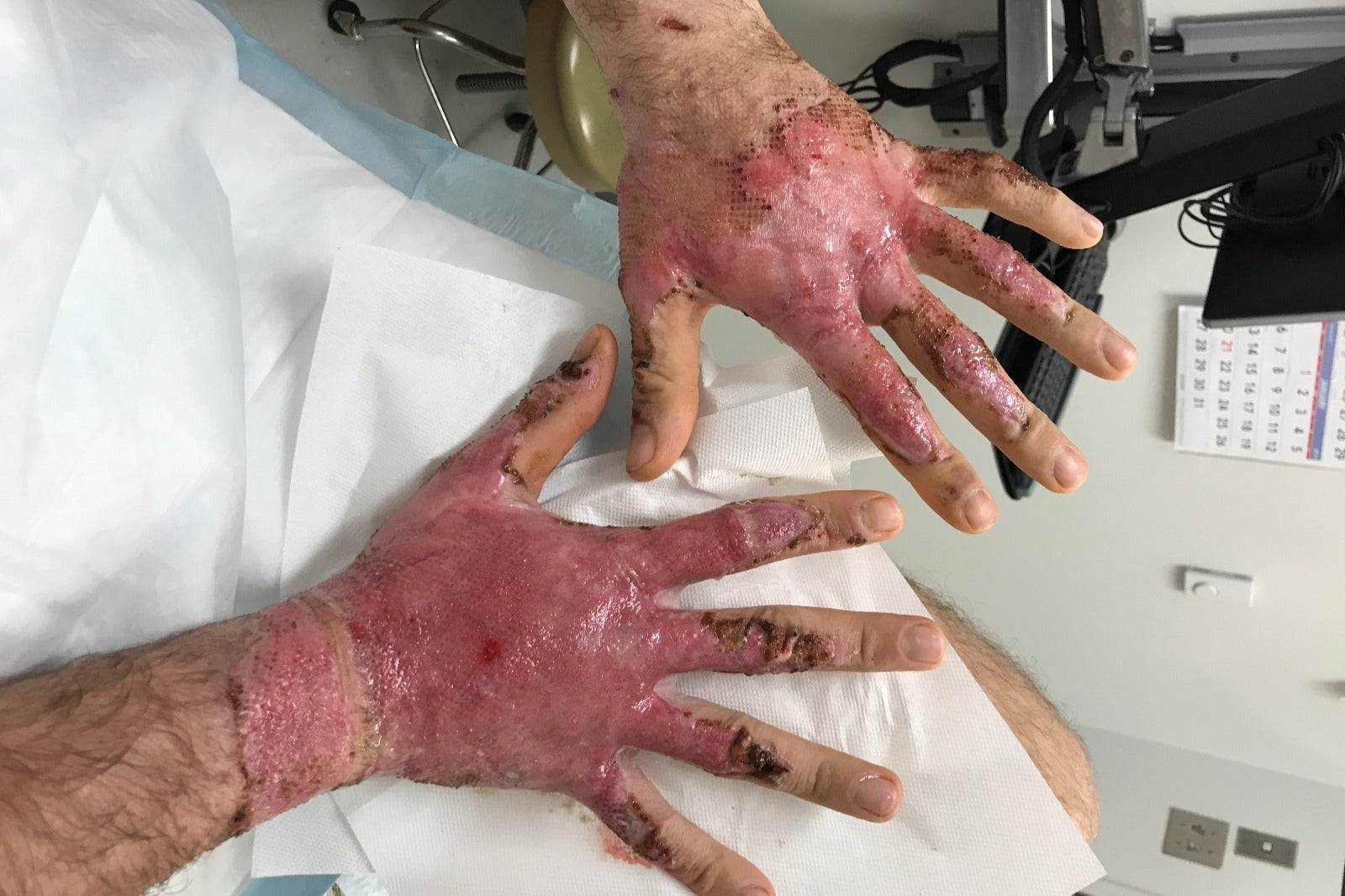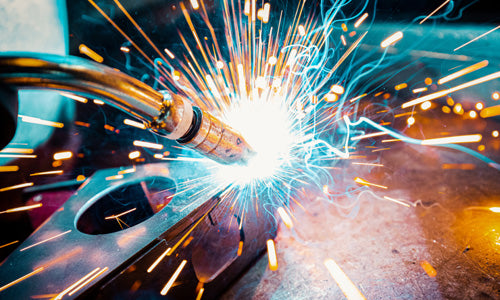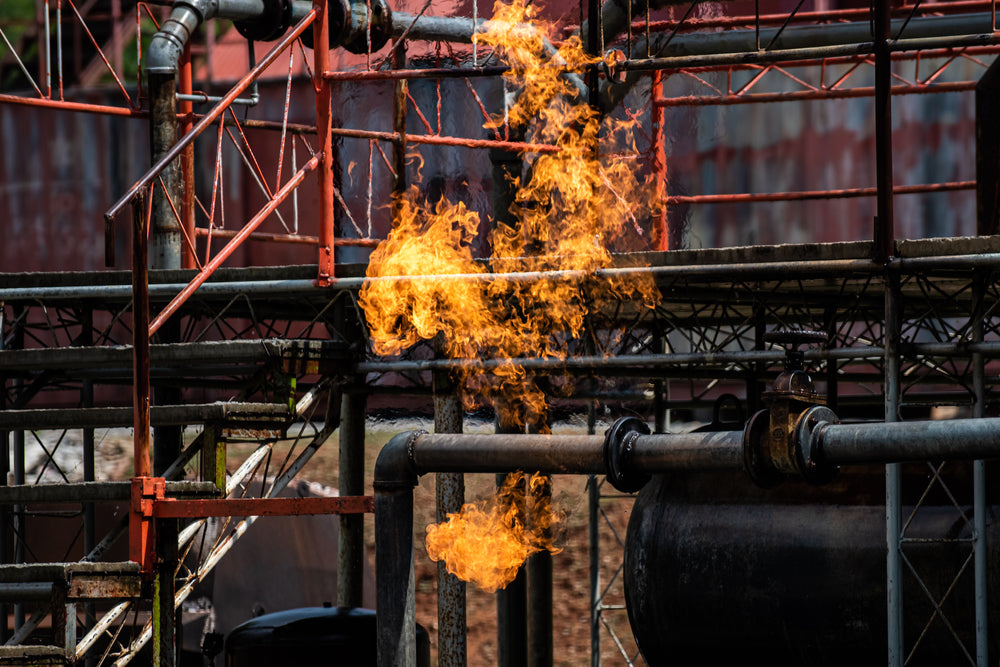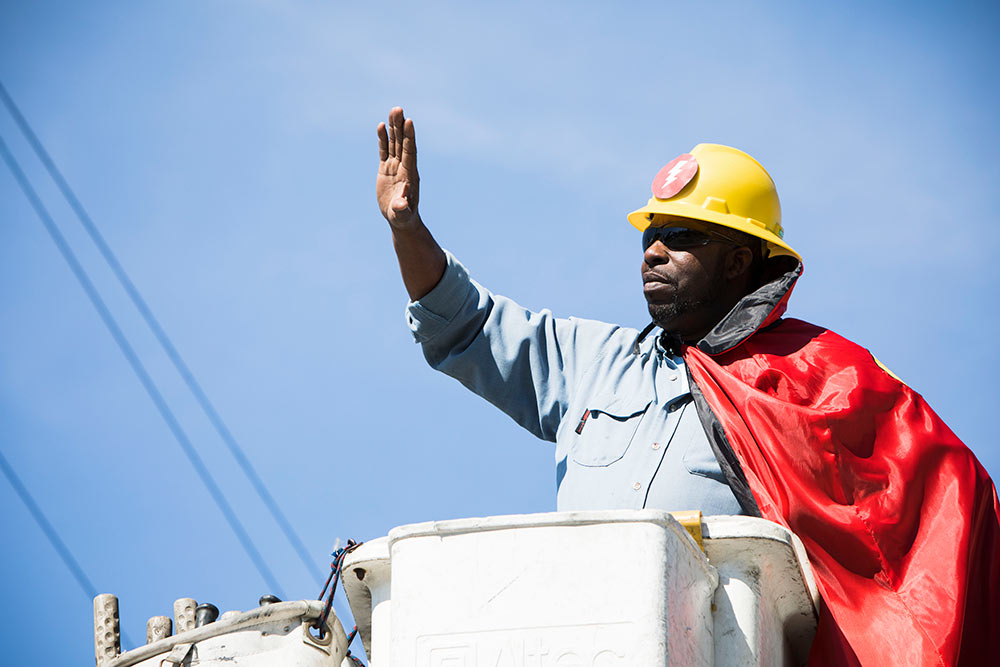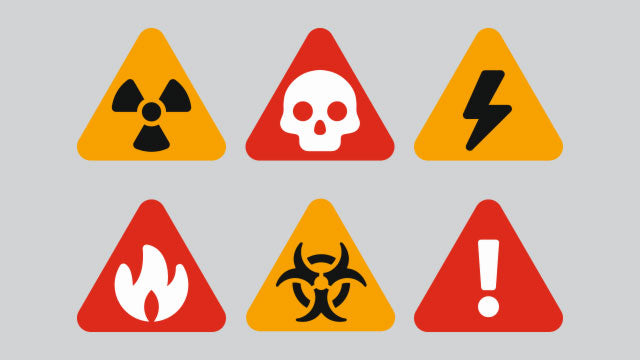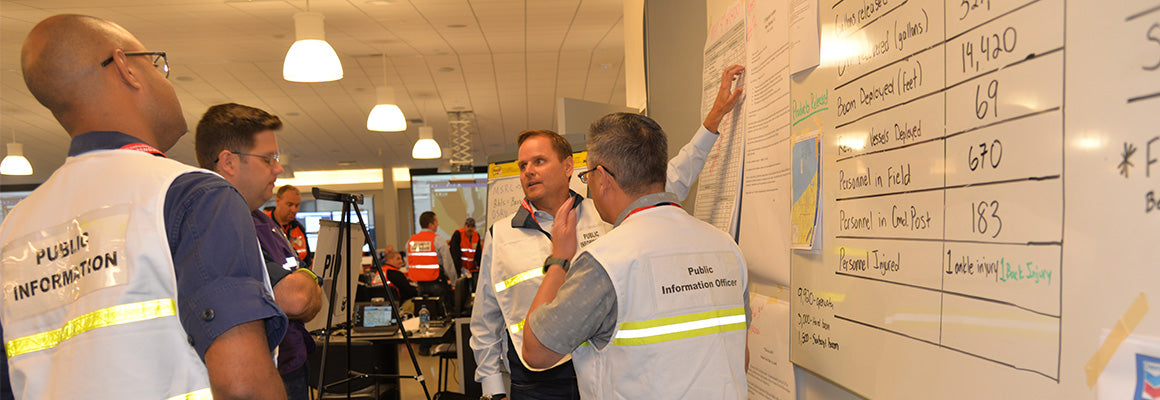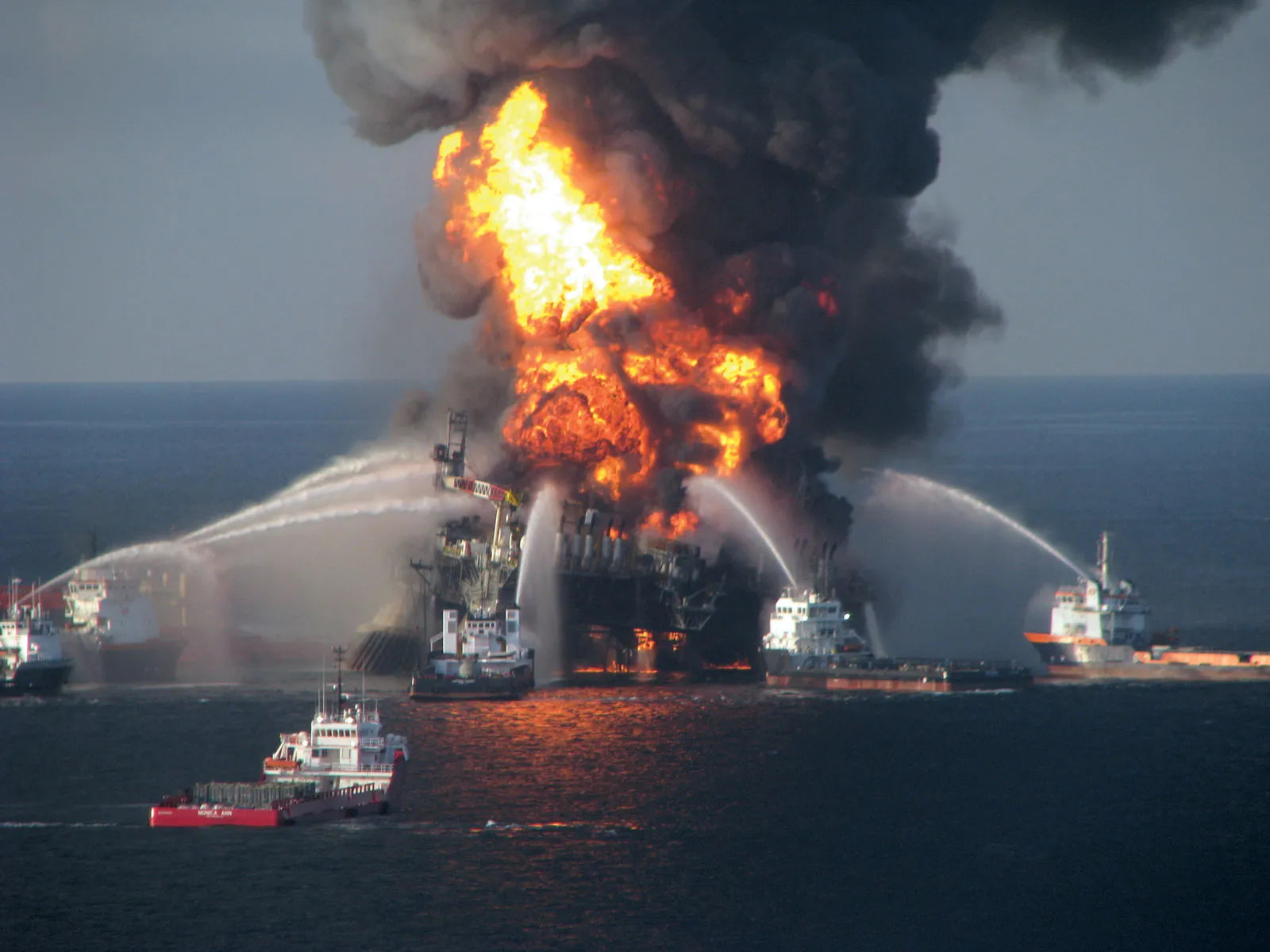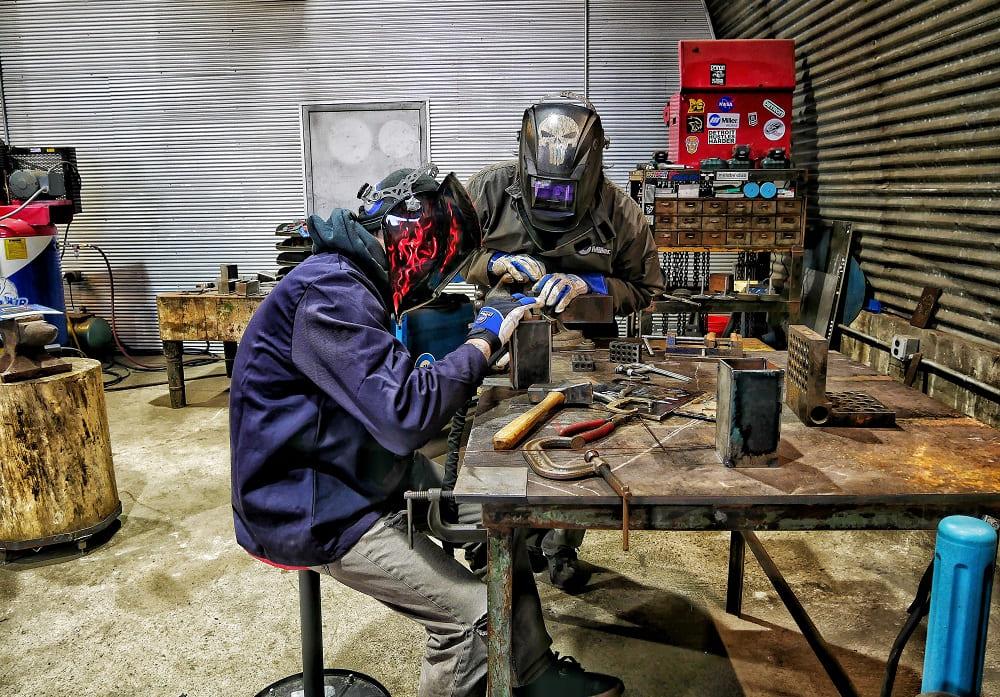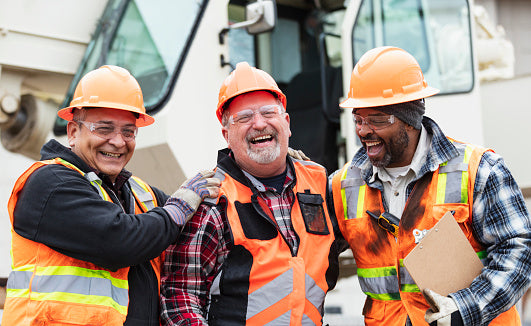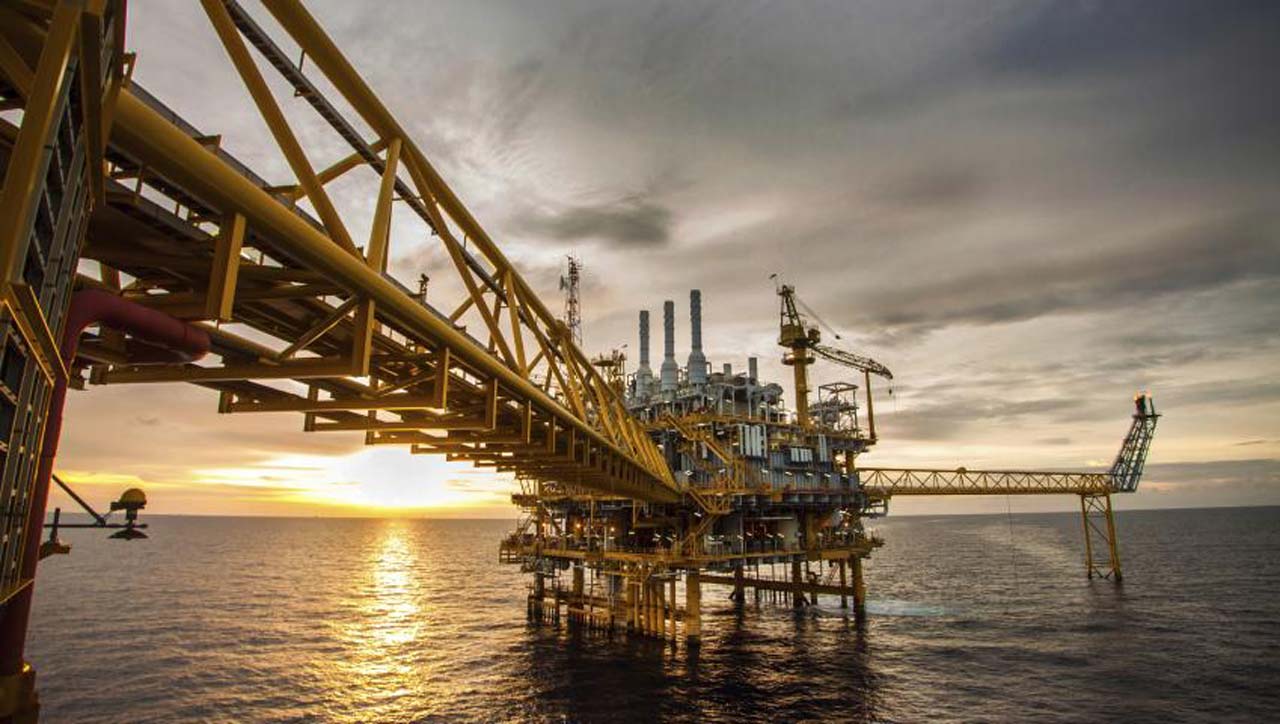
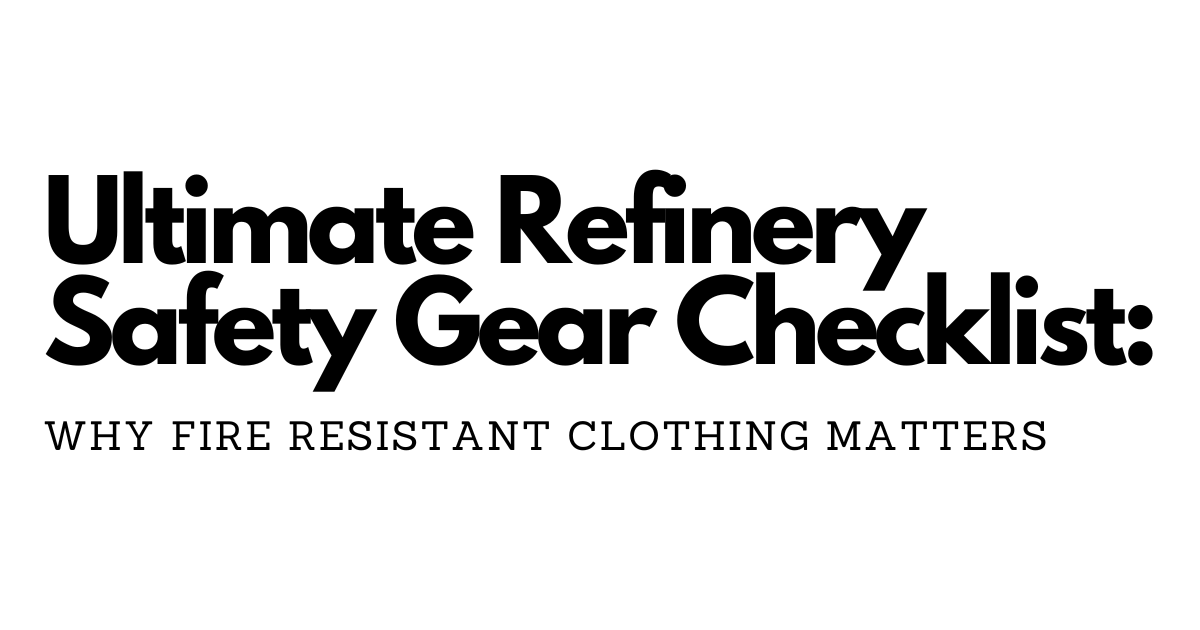
Refinery jobs are some of the most hazardous in the world. With the ever-present risk of fire, chemical exposure, and extreme heat, wearing the right safety gear isn't just a best practice — it's a life-saving necessity. One of the most crucial elements of refinery PPE (Personal Protective Equipment) is fire resistant (FR) clothing. In this guide, we'll walk you through a full refinery safety gear checklist and explain why FR clothing should always be your first line of defense.
Why Safety Gear Is Non-Negotiable in Refineries: Refineries process volatile fuels and chemicals under high temperatures and pressures. Even small errors or leaks can lead to explosions, fires, or chemical burns.
According to OSHA, refinery workers are 5 times more likely to experience serious injury compared to the average industrial worker.

The Refinery Safety Gear Checklist: Here’s the full list of PPE every refinery worker should have — with fire resistant clothing at the core:
| Safety Gear | Purpose | Recommended Features |
|---|---|---|
| FR Clothing (Coveralls, Shirts, Pants) | Protects from flash fires, arc flashes, heat exposure | NFPA 2112 certified, breathable, durable |
| Hard Hat | Protects against falling objects, overhead hazards | Electrical-rated if needed |
| FR Gloves | Protects hands from sparks, chemicals, and cuts | Heat and abrasion resistant |
| Safety Glasses or Goggles | Shields eyes from debris, chemicals, and UV light | Anti-fog, impact resistant |
| Steel-Toe Boots (FR Rated) | Protects feet from impact, puncture, and fire hazards | Slip-resistant, insulated |
| Hearing Protection (Earplugs/Earmuffs) | Prevents hearing damage from high noise levels | High NRR (Noise Reduction Rating) |
| Respiratory Protection (when needed) | Shields lungs from toxic fumes and particulates | NIOSH-approved respirators |
| High-Visibility Vests (FR Rated) | Enhances visibility in crowded worksites | ANSI certified, flame resistant |
Why Fire Resistant Clothing Matters Most: Out of all the safety gear listed, FR clothing is unique because it actively works to minimize injury if a fire incident occurs.
How FR Clothing Protects You:
-
Self-Extinguishes Flames: Stops burning after the ignition source is removed.
-
Reduces Burn Severity: Limits body burn percentages, which is critical for survival.
-
Minimizes Melt Injuries: Unlike synthetic fabrics, FR fabrics don't melt onto the skin.
-
Compliance with Regulations: Meets OSHA, NFPA 2112, and ASTM F1506 standards — all required in refinery work.

Key Features to Look For in Refinery-Grade FR Clothing: When selecting FR workwear for refineries, don't just grab any flame resistant product off the shelf. Focus on:
Certification: Look for NFPA 2112 certification — proof that the garment meets flash fire protection standards.
Comfort and Mobility: Workers perform better in lightweight, breathable fabrics with gusseted seams and stretch panels.
Durability: Choose reinforced stitching, abrasion-resistant fabrics, and durable closures (zippers, snaps) designed for industrial environments.
Layering Options: Use FR base layers for added protection and temperature management.
Climate Adaptability: For hot environments, moisture-wicking FR fabrics are a must; for cold refineries, insulated FR jackets are vital.
Common Mistakes Workers Make with FR Clothing (And How to Avoid Them): Wearing non-FR clothing underneath FR garments - Why it's dangerous: Non-FR layers can ignite or melt under FR outerwear, negating protection.
Washing FR clothing with fabric softeners - Why it's dangerous: Fabric softeners can coat fibers and reduce flame resistance. Always use FR-safe detergents. Wearing damaged FR clothing - Why it's dangerous: Tears, holes, or compromised fabrics can expose skin to fire hazards. Replace damaged gear immediately.
Final Thoughts: FR clothing is the foundation of refinery safety. It’s not just about staying compliant — it’s about protecting lives. Whether you're a welder, pipe-fitter, inspector, or laborer in a refinery environment, wearing properly certified and maintained FR clothing gives you the best possible chance of staying safe when accidents happen. Protect yourself, your team, and your future by investing in refinery-grade FR gear.
